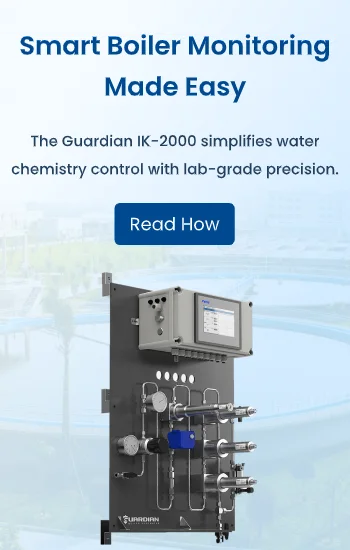This is blog is the final part of our 4 part blog series: 'Which EMEC Solenoid Metering Pump should I use?'
If you'd like to catch up on the past four blogs, we've included links for you at the bottom of this blog. In the mean time, this blog covers temperature, the temperature you will be Dosing into.
EMEC pumps' flow & pressure ratings are based on water at ambient temperature. Dosing into cool or cold temperatures is usually no problem, unless the chemical product you are dosing tends to get "thick" when the temperature drops. For instance, dosing concentrated Sodium Hydroxide (Caustic) at low temperatures can cause the caustic to thicken, making it more difficult for the dosing pump to delivery the chemical at the specified rate. In these applications it is recommended to dilute the chemical or install a heater blanket around the Caustic Chemical Drum.
Dosing into high temperatures are usually not a problem, as long as you do not exceed the maximum temperature rating of the injection valve. The critical issue to be aware of is if you are dosing into high temperature and pressure. The temperature specification of an injection valve drops off sharply when the pressure increases. It is important to refer the pressure vs injection curves in the pump instruction manual. Maximum pressure ratings reduce at higher temperatures. The following graphs represent the pressure vs temperature of standard PP and PVDF injection valves supplied with all pumps:

Remember
If dosing into temperatures greater than 90°C (or high pressure/temperature application) always request PVDF injection valves (refer to graph above).
Other questions to ask are: What flow rate do I require and what pressure am I pumping into? What external inputs do I require, if any? What chemical am I dosing? Is my preference for pump configuration Foot Mount or Wall Mount?
Owner, Operations Director at Convergent Water Controls. In excess of 10 years in General Management and through the steady growth of Convergent Water Controls, I have gained enormous experience in Human Resources, Production & Operations, both at an Operational & Strategic Level. My combined background in commerce, financial administration & IT has enabled me to develop, implement & maintain many standardized systems and processes for business to operate effectively in order for employees, customers & suppliers to be managed professionally.




